Astrophotography, the art of capturing celestial wonders such as stars, planets, and galaxies, has seen a surge in popularity over recent years. With the night skies offering a breathtaking canvas of beauty, many aspiring photographers are eager to explore the cosmos through their lenses. However, delving into astrophotography often comes with a perception of high
Astrophotography, the art of capturing celestial wonders such as stars, planets, and galaxies, has seen a surge in popularity over recent years. With the night skies offering a breathtaking canvas of beauty, many aspiring photographers are eager to explore the cosmos through their lenses. However, delving into astrophotography often comes with a perception of high costs associated with specialized equipment. In this article, we debunk that myth and showcase the best cheap cameras for astrophotography, allowing enthusiasts to embark on this cosmic journey without breaking the bank.

Camera for Astrophotography
Astrophotography cameras are specialized cameras designed to capture stunning images of celestial objects, including stars, planets, galaxies, and nebulae. These cameras are equipped with features that make them particularly suited for low-light and long-exposure photography, which is essential for capturing the faint light emitted by distant astronomical objects. There are several types of astrophotography cameras, each with its own advantages and applications. Let’s explore the main types of astrophotography cameras:
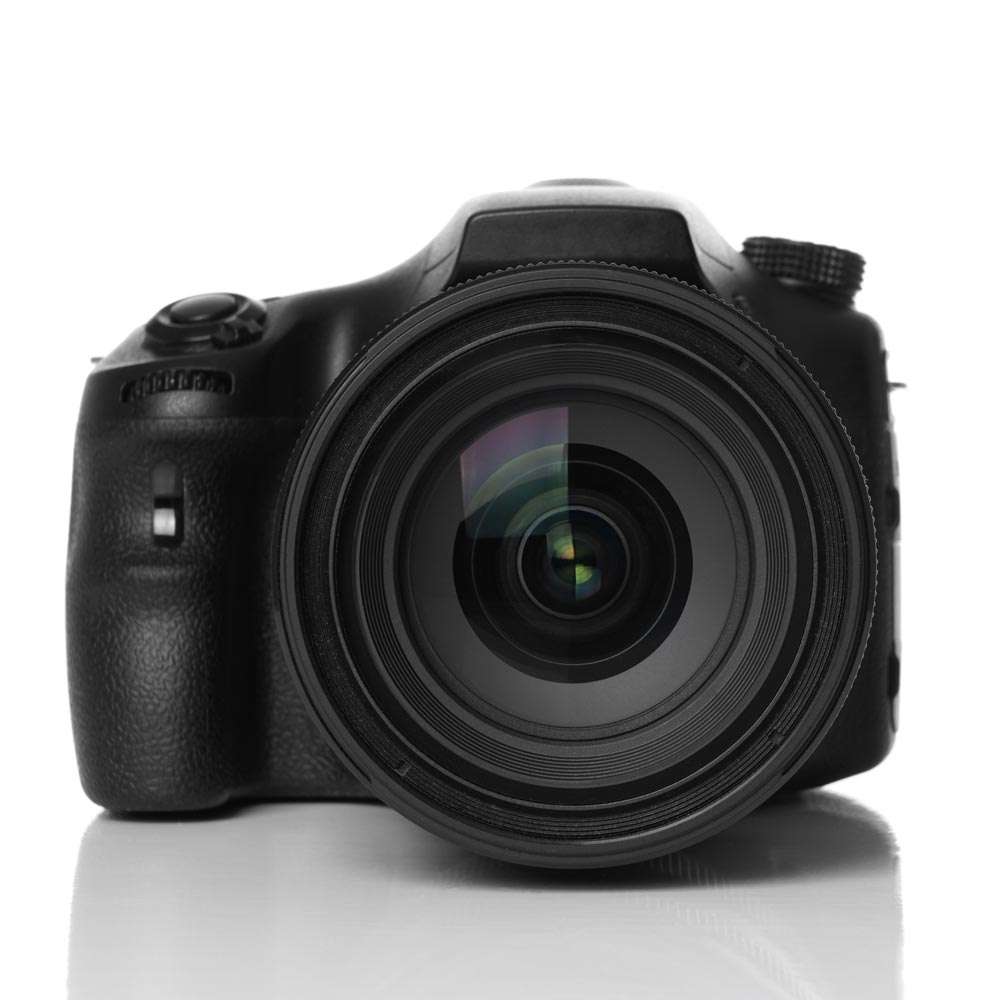
DSLR Astrophotography Camera:
Digital Single Lens Reflex (DSLR) cameras are versatile and widely used for astrophotography. They have large image sensors, manual controls for exposure settings, and interchangeable lenses, which offer flexibility in capturing various celestial objects. Many Astrophotographers start with DSLRs due to their ease of use and availability of lenses and accessories.
Mirrorless Cameras for Astrophotography:
Mirrorless cameras are similar to DSLRs but lack the internal mirror, making them more compact and lightweight. They often feature the same large sensors and manual controls, making them excellent choices for astrophotography. Some mirrorless cameras have electronic viewfinders (EVFs) that facilitate precise composition and focusing on celestial objects.
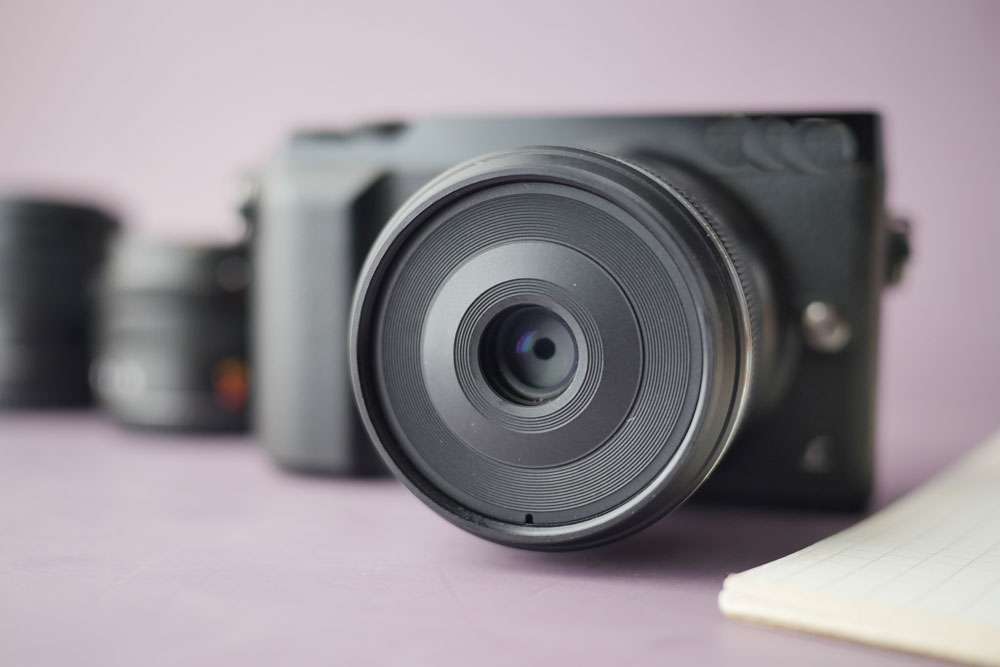
Dedicated Astronomy Cameras:
Dedicated astrophotography cameras are purpose-built for capturing astronomical objects. They come with specialized features, such as active cooling to reduce sensor noise during long exposures, high quantum efficiency to capture more light, and precise control over exposure settings. These cameras are commonly used by experienced astrophotographers for deep-sky imaging.
Webcam-Style Cameras:
Webcam-style cameras, also known as planetary cameras, are compact and designed for high-speed imaging of planets and the Moon. They capture video sequences at fast frame rates, allowing users to stack frames to create high-resolution images of these objects.
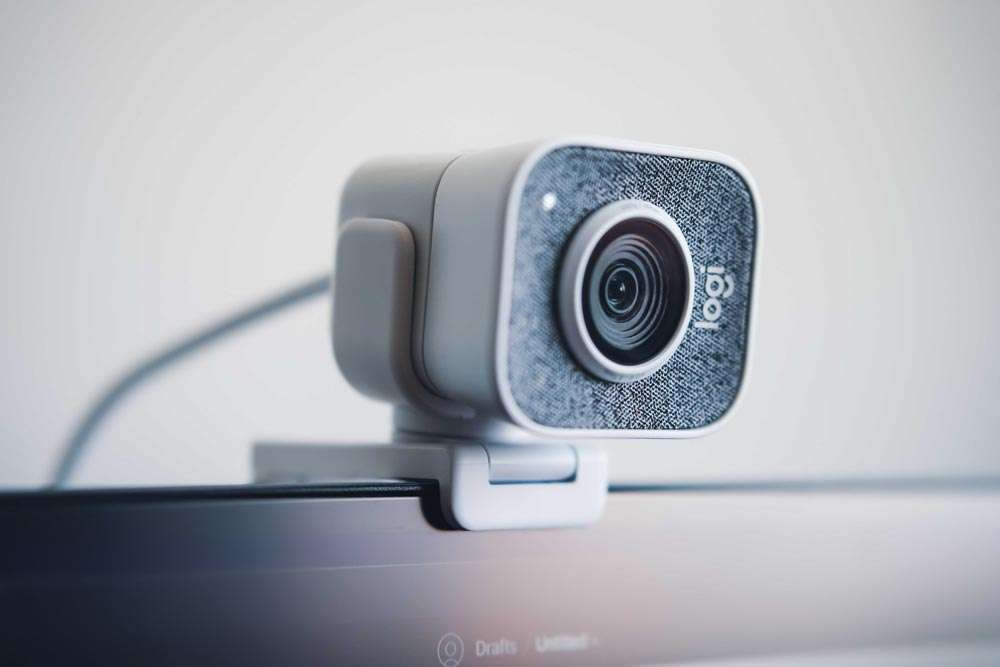
Video Astronomy Cameras:
Video astronomy cameras are designed for real-time viewing and imaging of celestial objects. They are well-suited for live stacking and allow users to view and capture objects without the need for long exposures. Video astronomy cameras are particularly popular for capturing events like meteor showers and eclipses.
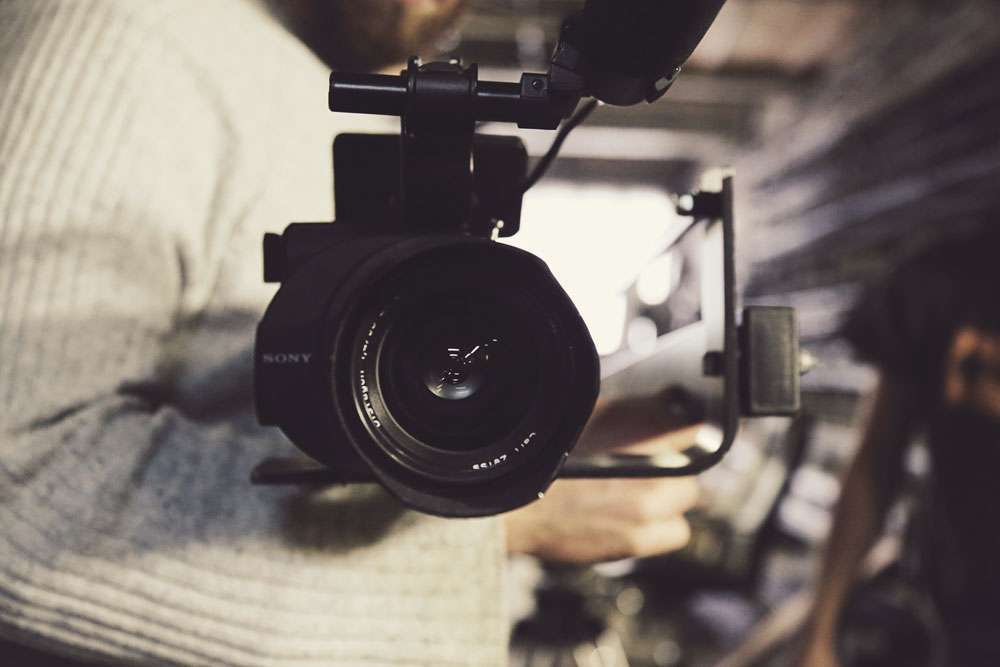
Importance of buying cameras for Astrophotography on a Budget
Astrophotography is an immersive experience that allows photographers to connect with the universe. But the initial investment in gear can be intimidating. The good news is that advancements in technology have led to a plethora of affordable cameras with capabilities that were once exclusive to high-end models. These budget-friendly options empower enthusiasts to capture stunning shots of the night sky while learning the ropes of astrophotography.
Key Considerations in buying budget Cameras for Astrography
Before delving into the list of budget cameras, it’s essential to understand the key factors that make a camera suitable for astrophotography:
a) Sensor Size: A larger sensor allows more light to be captured, leading to improved low-light performance and reduced noise in images.
b) ISO Performance: The ability to shoot at higher ISO values without significant noise ensures better results in low-light conditions.
c) Exposure Control: Full manual control over exposure settings (shutter speed, aperture, and ISO) is crucial for astrophotography.
d) Long Exposure Capabilities: Cameras with the ability to take long exposures are essential for capturing star trails and deep-sky objects.
e) Image Stabilization: Built-in or lens-based stabilization helps minimize the impact of camera shake during long exposures.
f) Interchangeable Lenses: The versatility of interchangeable lenses allows photographers to adapt to various celestial objects.
Budget-Friendly Cameras for Astrophotography
1. Canon EOS Rebel T7 / EOS 2000D
The Canon EOS Rebel T7, also known as EOS 2000D in some regions, is an excellent entry-level DSLR camera that offers an affordable gateway into astrophotography. With its 24.1-megapixel APS-C CMOS sensor and DIGIC 4+ image processor, it delivers good image quality and performs reasonably well in low-light conditions. Additionally, its native ISO range of 100-6400 (expandable to 12800) allows for acceptable astrophotography results.
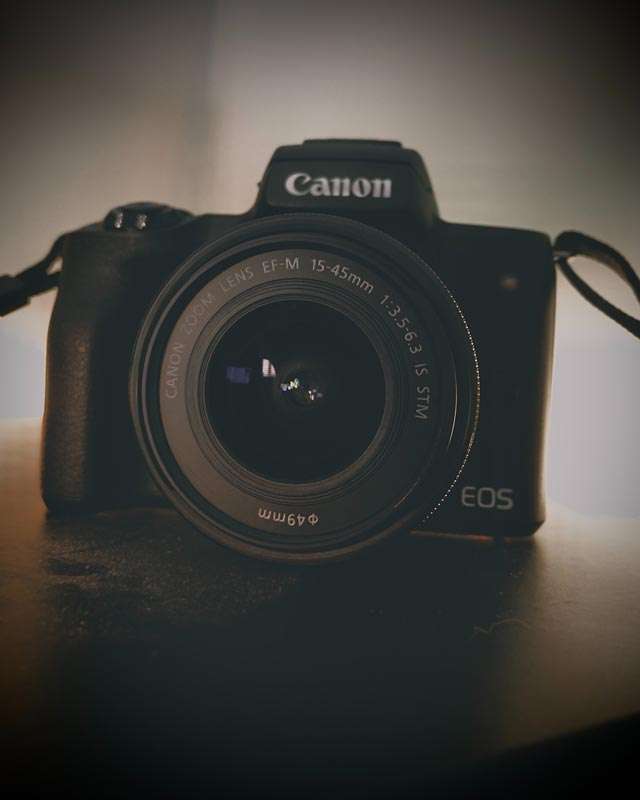
The Rebel T7’s Live View mode aids in framing and focusing celestial objects accurately. It’s manual exposure controls enable photographers to experiment with different settings for long exposures. Pair it with a wide-angle lens, and you can capture stunning Milky Way shots and mesmerizing star trails without spending a fortune.
2. Nikon D350
The Nikon D3500 is another popular entry-level DSLR camera known for its simplicity and affordability. Equipped with a 24.2-megapixel APS-C CMOS sensor and EXPEED 4 image processor, the D3500 produces impressive image quality, even in low-light situations. Its ISO sensitivity range of 100-25600 allows for decent astrophotography results, although some noise may be present at higher ISOs.

For aspiring astrophotographers, the D3500 offers full manual controls, enabling precise adjustments for long exposures and night photography. Its ergonomic design and user-friendly interface make it an excellent option for beginners who want to capture stunning shots of the night sky without breaking their budget.
3. Sony Alpha a6000
The Sony Alpha a6000, a mirrorless camera, stands out as a budget-friendly option with advanced features. It boasts a 24.3-megapixel APS-C CMOS sensor and the BIONZ X image processor, resulting in high-resolution images and excellent low-light performance. With an ISO range of 100-25600, the a6000 performs remarkably well in challenging lighting conditions, making it suitable for astrophotography.
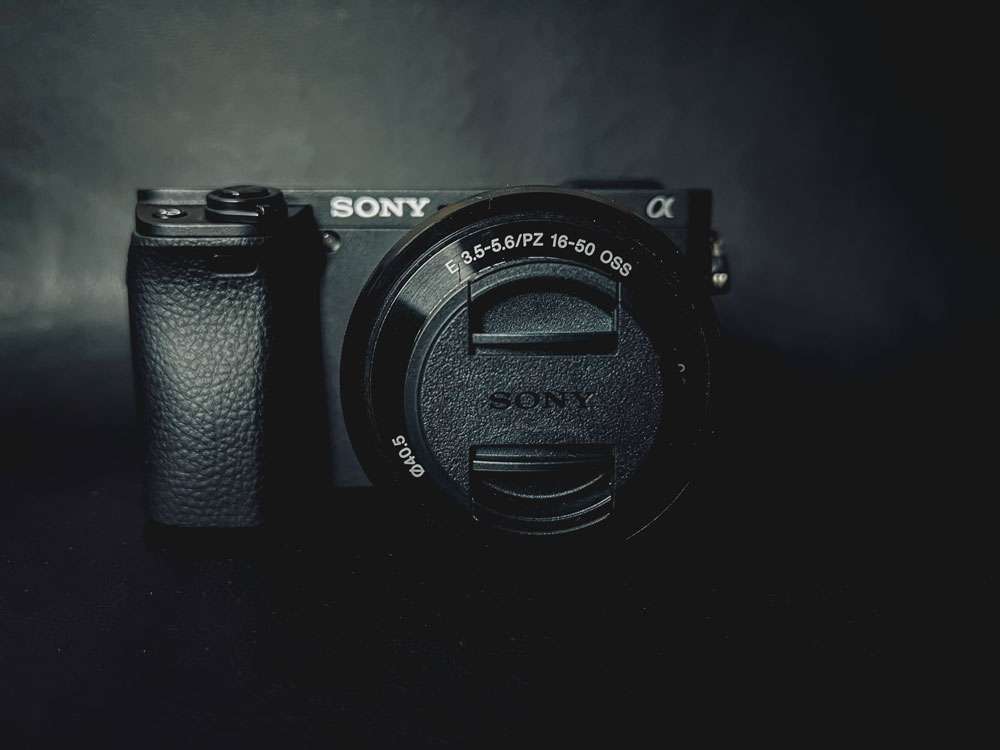
One of its notable features is its fast hybrid autofocus system, which aids in achieving sharp focus on celestial objects. Additionally, the camera’s tilting LCD screen allows for easy composition, particularly when capturing objects at different angles in the night sky. The a6000’s compact size and lightweight nature make it a perfect travel companion for astrophotography expeditions.
4. Canon EOS M50 Mark II
The Canon EOS M50 Mark II is a versatile mirrorless camera that strikes a balance between performance and affordability. Its 24.1-megapixel APS-C CMOS sensor, paired with the DIGIC 8 image processor, produces high-quality images with reduced noise even in low-light conditions. The camera’s ISO sensitivity range of 100-25600 ensures acceptable results for astrophotography.

With its improved Dual Pixel CMOS AF system, the EOS M50 Mark II delivers fast and accurate autofocus, which is beneficial when focusing on celestial objects in Live View mode. It also offers a vari-angle touchscreen that facilitates easy framing and shooting at challenging angles. The EOS M50 Mark II is a great option for budget-conscious astrophotographers who prefer a compact and feature-rich camera.
5. Panasonic Lumix DMC-G7
The Panasonic Lumix DMC-G7 is a micro four-thirds mirrorless camera that delivers impressive performance at an affordable price point. Equipped with a 16-megapixel Live MOS sensor and the Venus Engine 9 image processor, it produces good image quality and handles noise well in low-light situations. While its ISO range of 200-25600 may not match some of the other cameras on this list, it still performs adequately for astrophotography.
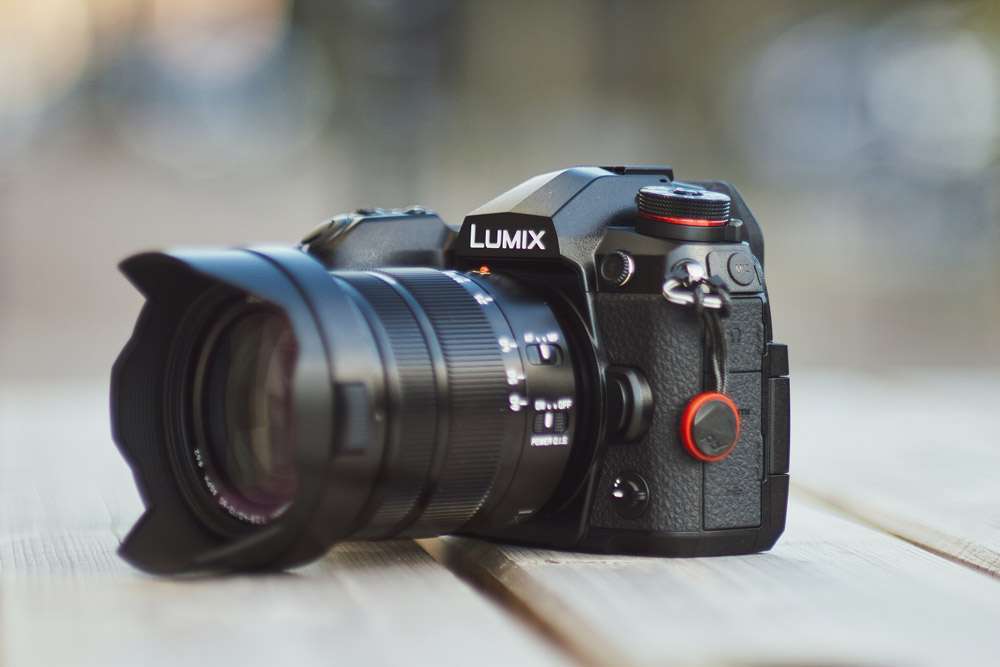
The Lumix DMC-G7 offers a range of advanced features. For example: 4K video recording and 4K Photo mode. These features allow for capturing high-resolution stills from video footage. Its high-resolution electronic viewfinder aids in composing shots of the night sky accurately. Also, its compact size makes it easy to carry for stargazing adventures.
Conclusion
Astrophotography doesn’t have to be an expensive hobby. The cameras listed above prove that impressive results can be achieved without breaking the bank. Whether you’re a beginner exploring the cosmos for the first time or an enthusiast looking to upgrade on a budget, these cameras offer an excellent starting point for capturing the wonders of the night sky.
Embrace the limitless beauty of the universe, and embark on your astrophotography journey without hesitation. Remember, it’s not the cost of the camera that matters most, but the passion and creativity that you bring to each shot. Happy stargazing and may your lens capture the cosmos like never before!











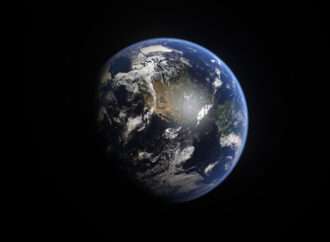
















Leave a Comment
Your email address will not be published. Required fields are marked with *